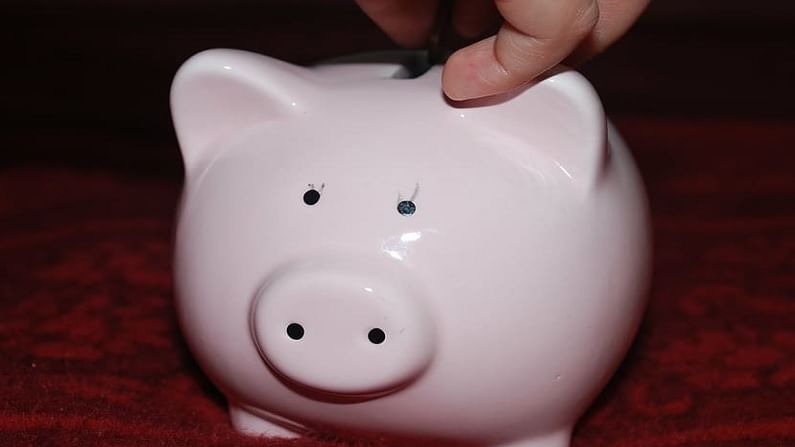Expert advice: Your child should have a savings account from an early age
Early induction into the financial system makes your child financially disciplined, prudent and safe.

Arnab and Sanchari are young parents at their early 30s based in Kolkata. They have a kid who is just seven months of age. “We have already opened two savings accounts in the name of our child and have started investing through recurring deposit and mutual funds. We want to make our kid understand how important investment is from a very early age,” Arnab Sen, an IT professional, told Money9.
Experts applauded this initiative and explained why your child should have a savings account at the very early age.
Choice of account
Most banks have two separate versions of accounts for minors — one for those below 10 years and another for those between 10 and 18 years. When you open an account in the name of a child who has not yet turned 10, it has to be operated jointly with the parent or guardian. The guardian is the operator of the account.
Those accounts opened for a minor between 10 years and 18 years of age can be operated by the child. Besides, guardian can also operate the account. Debit card is issued for this category of accounts.
Power of savings
Savings from a very early age is prudent. So, if you open a minor account for your child at an early age, you can make him/her understand how important savings is, said Nilotpal Banerjee, a financial planner.
If you just make your child understand that how recurring deposit or fixed deposit works and what are the advantages, then your child would understand how important savings is and might develop a habit of saving even before he/she reaches 10, added Banerjee.
Limit on spending
Parents can put withdrawal limits, which is the maximum limit that a child can withdraw both in a day and in a year. The spending limit varies from bank to bank. For instance, while some put the daily withdrawal limit at Rs 1,000, or Rs 2,500, other banks go up to Rs 5,000.
This limit goes up to Rs 10,000 per day at the most. This limit will teach your child how to handle his/her daily expenses within a limit and also create an obstacle to unnecessary spending.
ATM card
Usually, all minor savings bank accounts come with ATM or debit card facility. Some banks for security and safety reasons offer ATM cards with a photo of the child or have the name of the child or the parent on the card.
Additionally, parents/guardians should activate the SMS alert feature so that they receive automated messages after transactions are made by the child. Use of ATM card teaches your child how to ideally access or use your savings, said Arvind Agarwal, a tax consultant.
Minimum balance
Most minor savings accounts will require a minimum average balance (MAB) to be maintained between Rs 1,000 and Rs 10,000. Maintaining a MAB can make your child financially disciplined and prudent in future, said Namit Mukherjee, a financial planner.
Funds transfer
Make sure the account provides a ‘standing instructions’ facility to debit money from the parents’ account to the minor account. Also, most banks would allow only inter-bank funds transfer through NEFT, RTGS and IMPS. If you teach your child about this it will help him/her in future, said Nilotpal Banerjee.
Security and safety features
Kids saving accounts generally come with the security of zero liability. With this feature, the child’s debit card is protected against theft or misplacement of the card.
Besides, while accessing some money from a very early age your child will automatically understand about the security of hard-earned money and act accordingly, added Agarwal.